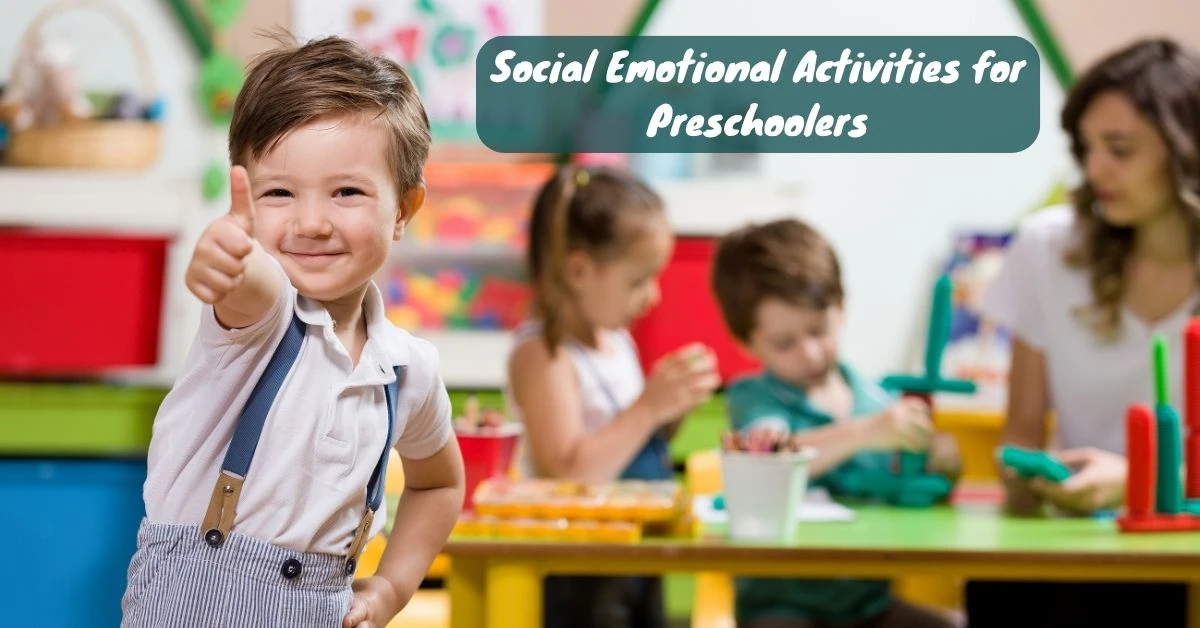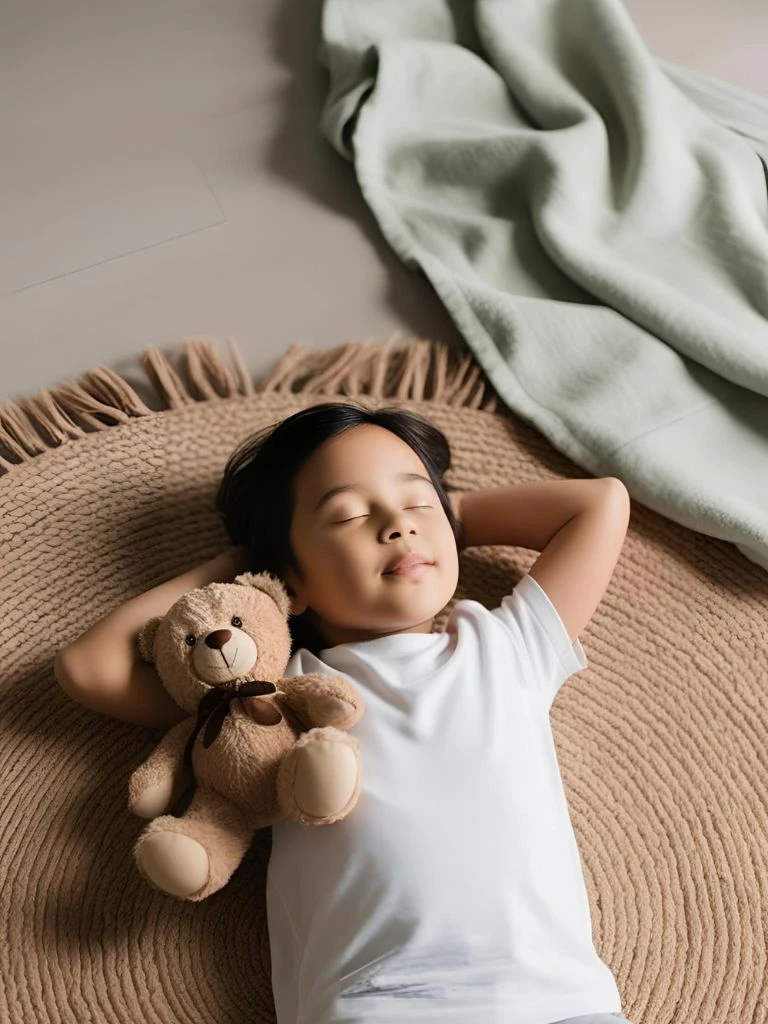Help Your Child Build Big Feelings, One Little Activity at a Time
Mornings in our home used to be a whirlwind of socks gone missing, cereal spilled across the floor, and meltdowns over the “wrong” color cup. But underneath the noise was something deeper—tiny hearts learning to process big emotions.
As a mom of three, I’ve learned that raising emotionally healthy kids starts way earlier than most people think. Preschoolers may be small, but their emotional world is huge. And guess what? We don’t need fancy tools or hours of extra time—we just need the right kind of moments.
So let’s talk about simple, powerful social emotional activities for preschoolers that actually work—even if you’re a busy mom juggling a hundred things (and still reheating your morning coffee at noon).
Why Social Emotional Learning (SEL) Matters for Preschoolers
Your preschooler may not be able to spell “empathy” yet—but they’re absorbing emotional lessons every single day. Whether it’s learning to wait for their turn, understanding a sibling’s tears, or expressing frustration with words instead of kicks—these are all skills that shape who they’ll become.
Studies show that children who develop strong social emotional skills are more confident, resilient, cooperative, and better prepared for school. And trust me—it makes daily life at home smoother, too.
1. Feelings Faces Game
Teach toddlers to name what they feel.
One of the simplest ways to start social emotional learning is helping little ones recognize their emotions.
How to Do It:
- Print or draw simple faces showing emotions like happy, sad, angry, scared, surprised, etc.
- Sit together and ask, “Which face shows how you’re feeling today?”
- Let them choose, then talk about it in simple words.
Real-life moment: My daughter once pointed to the angry face and said, “I feel spicy.” We both burst out laughing—but it opened the door to a great conversation about frustration.
2. The Kindness Jar
Spark empathy with small daily actions.
This is a family favorite. Every time your child shows kindness—sharing a toy, using gentle words, helping a sibling—you drop a pom-pom or a heart-shaped note into a clear jar.
Why it works:
- It helps toddlers see that kindness matters.
- Builds a habit of positive reinforcement.
- Creates moments of reflection during busy days.
3. Mirror Me
Build self-awareness and emotional expression.
Sit across from your child and make different facial expressions. Ask them to copy you and name the emotion: “Can you show me a sad face? What makes you feel sad?”
Then switch roles—they make a face, and you guess.
Bonus tip: Try this while brushing teeth—it turns a boring routine into connection time!
4. Emotion Sorting Game
Turn learning into playful discovery.
Cut out pictures from magazines (or draw your own) that show different emotions. Let your child sort them into groups: happy faces, mad faces, scared faces, etc.
Why it’s helpful:
- Builds empathy by recognizing emotions in others.
- Encourages discussion: “What do you think made her feel scared?”
5. Calm Down Corner
Create a safe space to reset—not a punishment zone.
Sometimes, we all need space. Instead of a traditional time-out, create a cozy “calm down corner” with:
- Soft pillows
- A stuffed animal or sensory toy
- Emotion books or calming jars
Encourage your child to go there when overwhelmed. Show them that needing space is okay—and healthy.
6. Role Play with Toys
Let them process big feelings through small worlds.
Grab a few dolls or stuffed animals and act out everyday situations:
- Sharing a toy
- Losing something
- Getting mad and calming down
Ask your child what each toy should say or do next. You’ll be amazed what comes out—this is how little hearts process life.
7. Story Time, Feelings Edition
Use books to talk about emotions (without lectures).
Choose picture books with emotional themes. After reading, ask:
- “How did that character feel?”
- “What would you do if that happened to you?”
Some great ones:
- The Color Monster
- Grumpy Monkey
- When Sophie Gets Angry—Really, Really Angry
8. Breathing Buddies
Teach mindfulness in the cutest way possible.
Have your child lie on their back with a favorite stuffed animal on their tummy. Guide them to take slow, deep breaths—and watch the toy rise and fall.
It’s fun, visual, and soothing—a perfect tool for calming down.
9. Emotions Charades
Get silly while building emotional awareness.
Act out different emotions without words—your child has to guess! Then switch. Use exaggerated faces, body language, and giggles.
Bonus: This game helps kids understand that emotions don’t always look the same on everyone.
10. Daily Gratitude Moments
Help them focus on joy—even in chaos.
At the end of each day, ask:
- “What made you smile today?”
- “What was the best part of your day?”
This teaches reflection, builds a sense of safety, and helps kids notice the good—even on hard days.
You Don’t Need to Be Perfect—Just Present
If you’re reading this and thinking, “I’m already overwhelmed. Am I doing enough?” — friend, you are not alone.
The truth is, your child doesn’t need a perfectly curated SEL curriculum. They just need moments of connection. Eye contact. Gentle words. Laughter on the floor. Deep breaths shared on a rough day.
Social emotional growth doesn’t happen all at once—it happens in tiny, consistent, loving moments.
And you? You’re already doing more than you think.
Your Turn, Mama
Which of these activities will you try first?
Have your own favorite social emotional moment with your preschooler?
Tell me in the comments—I’d love to hear it!










